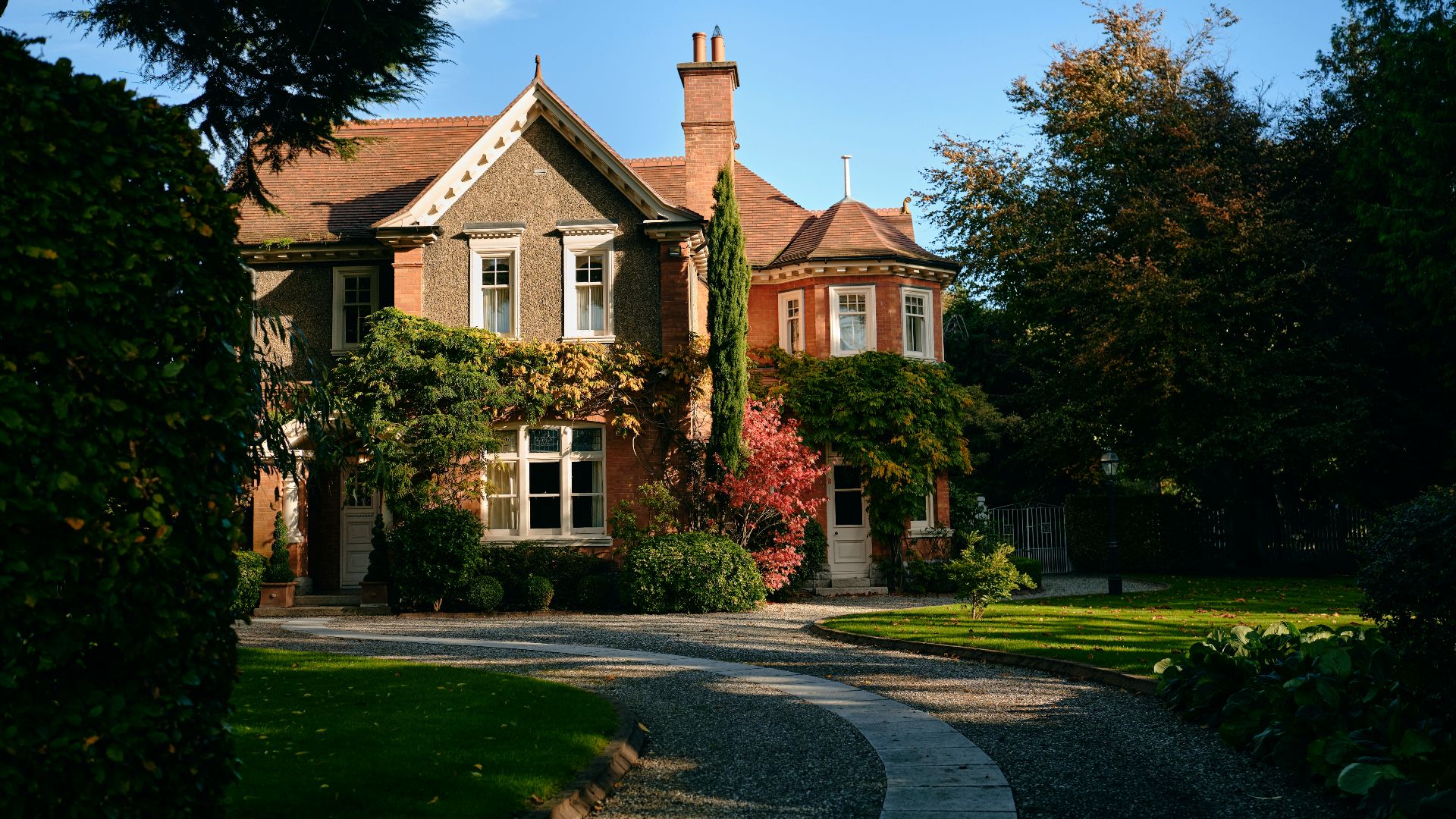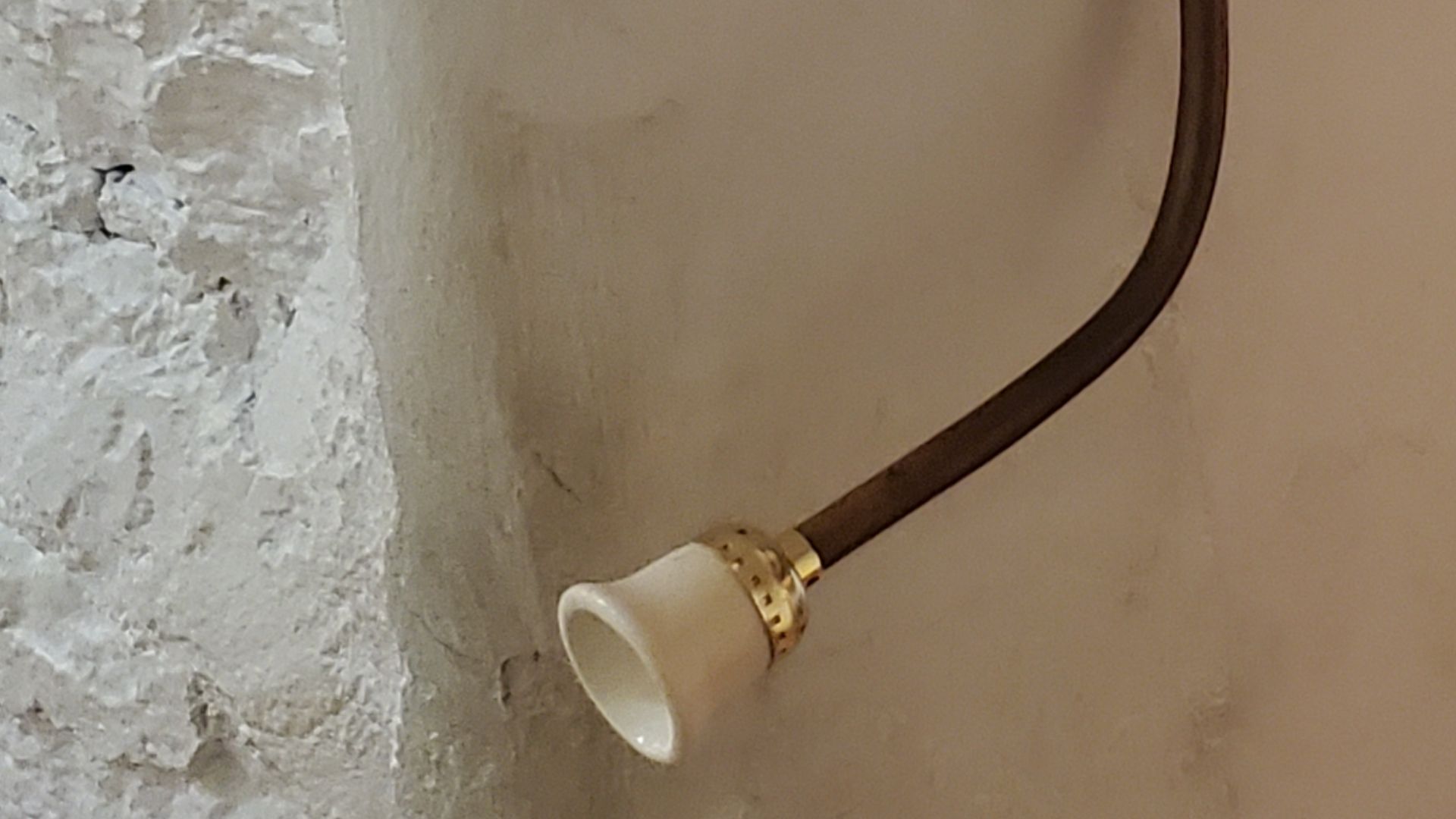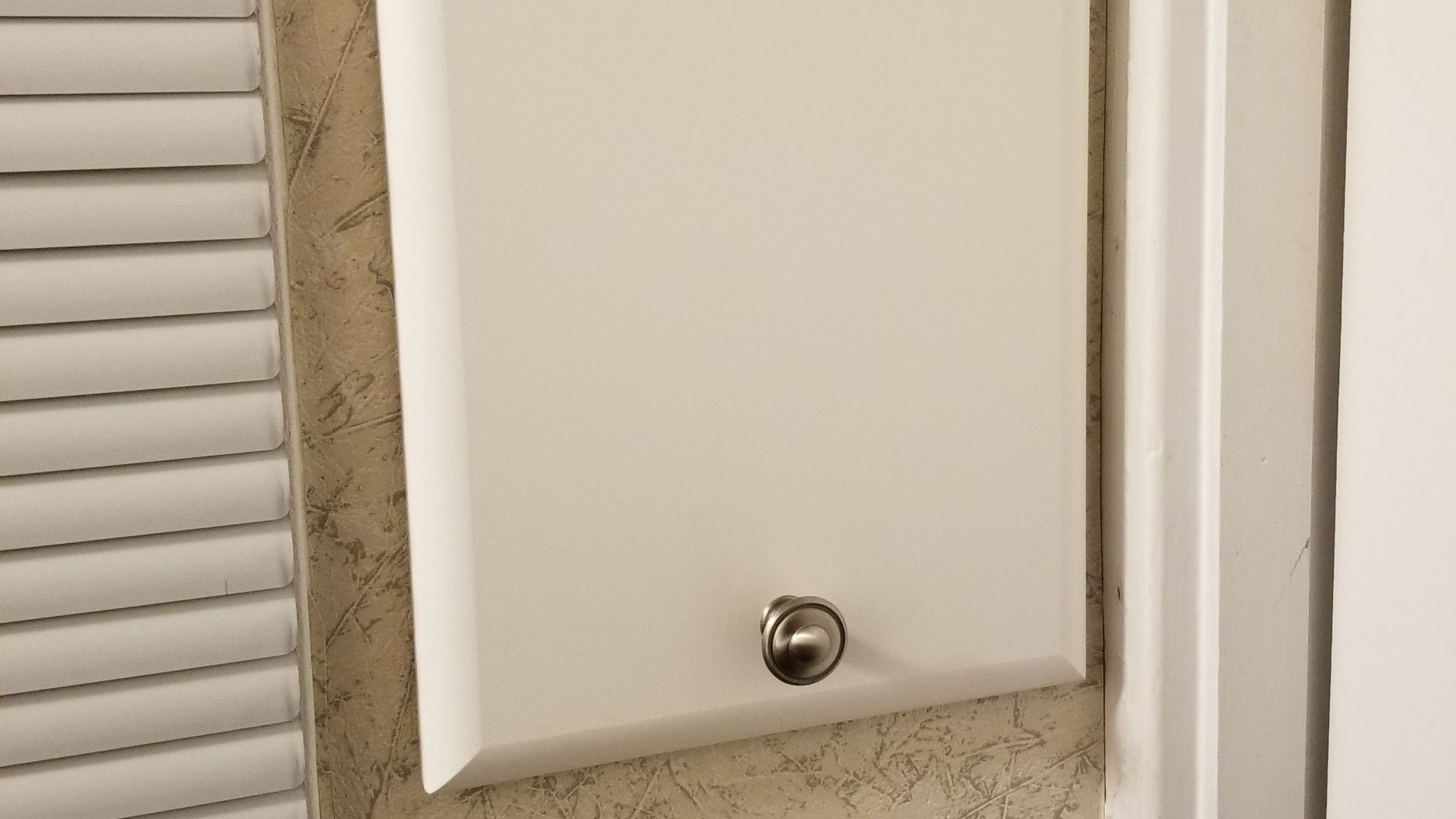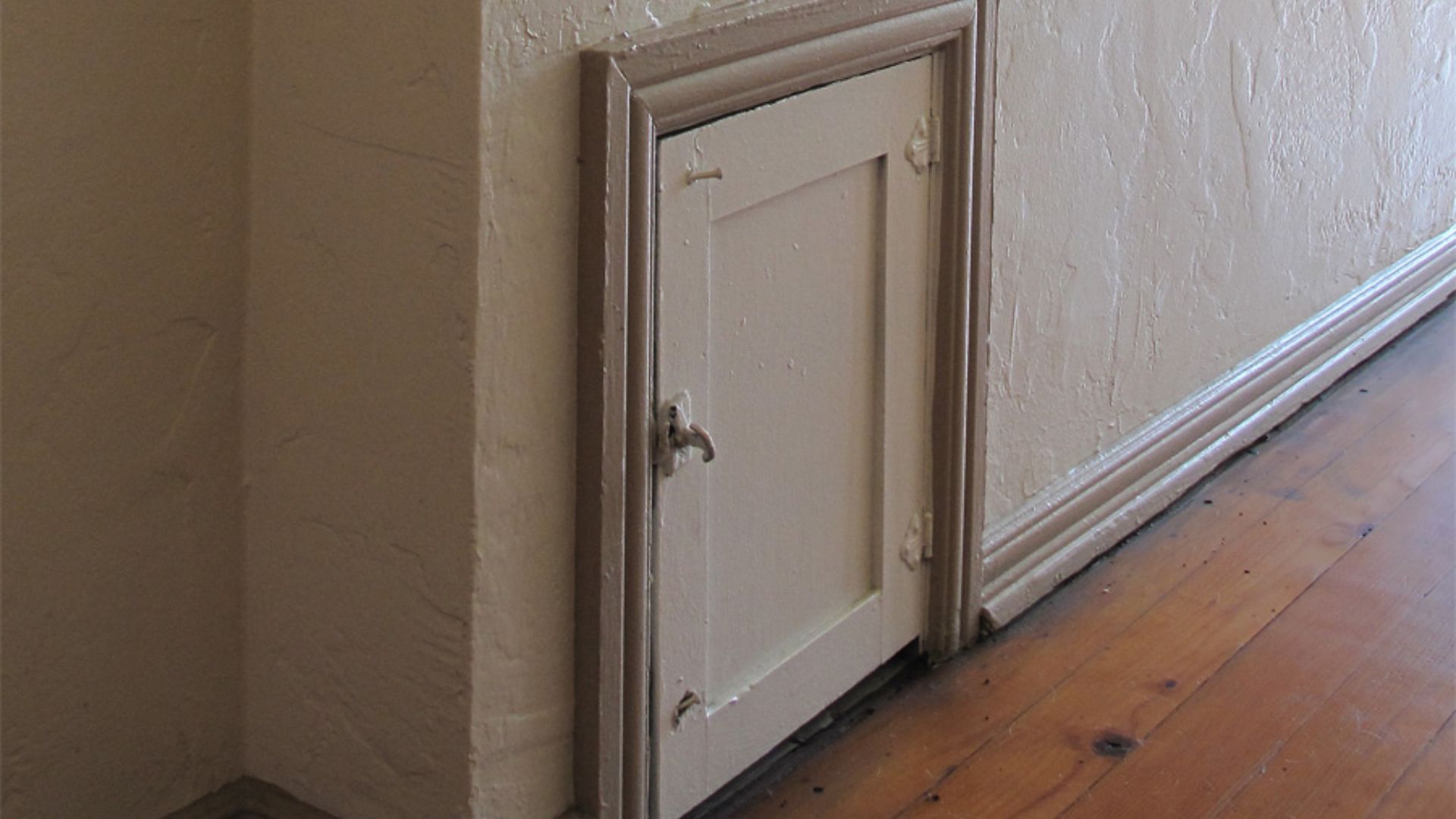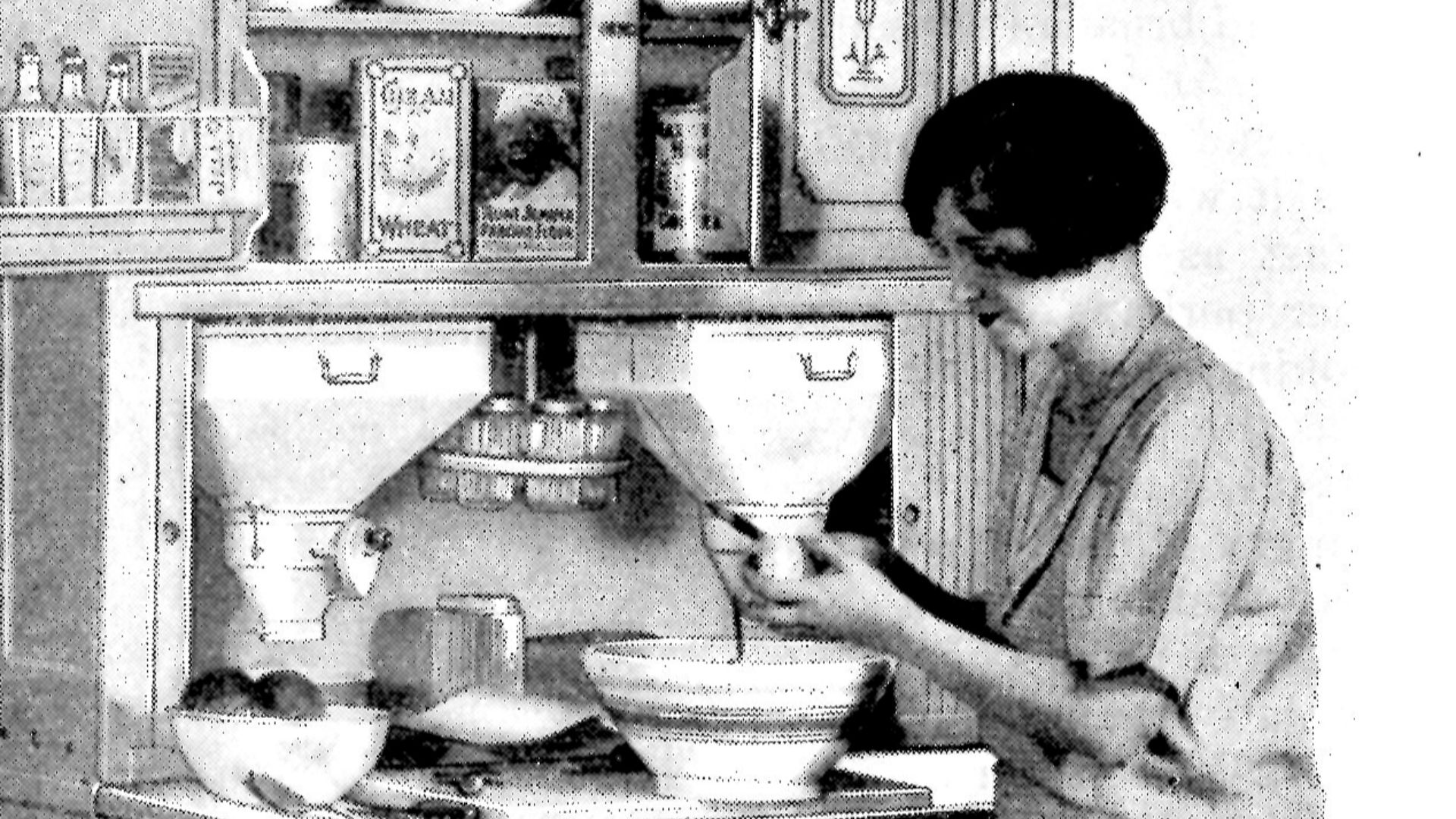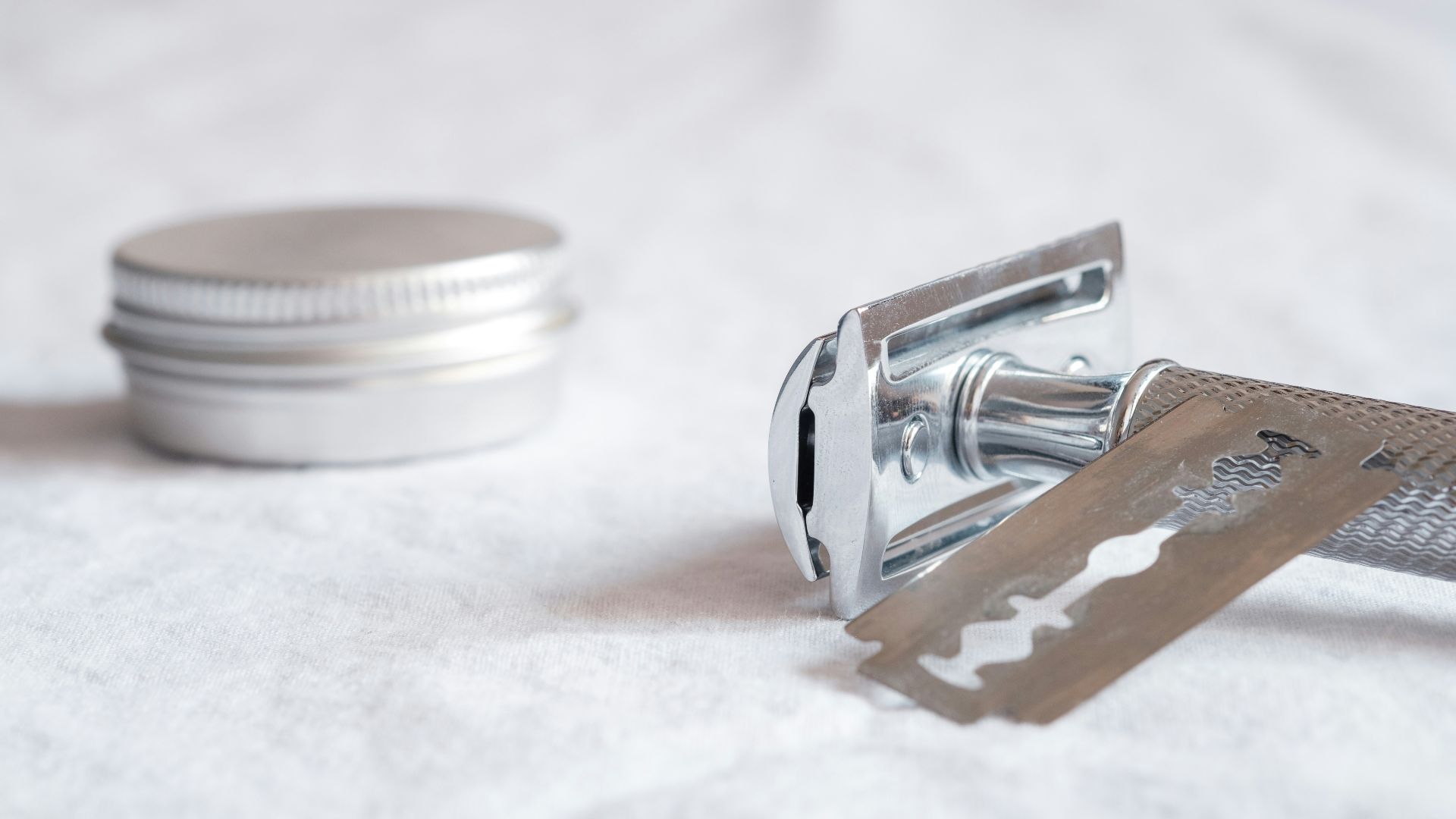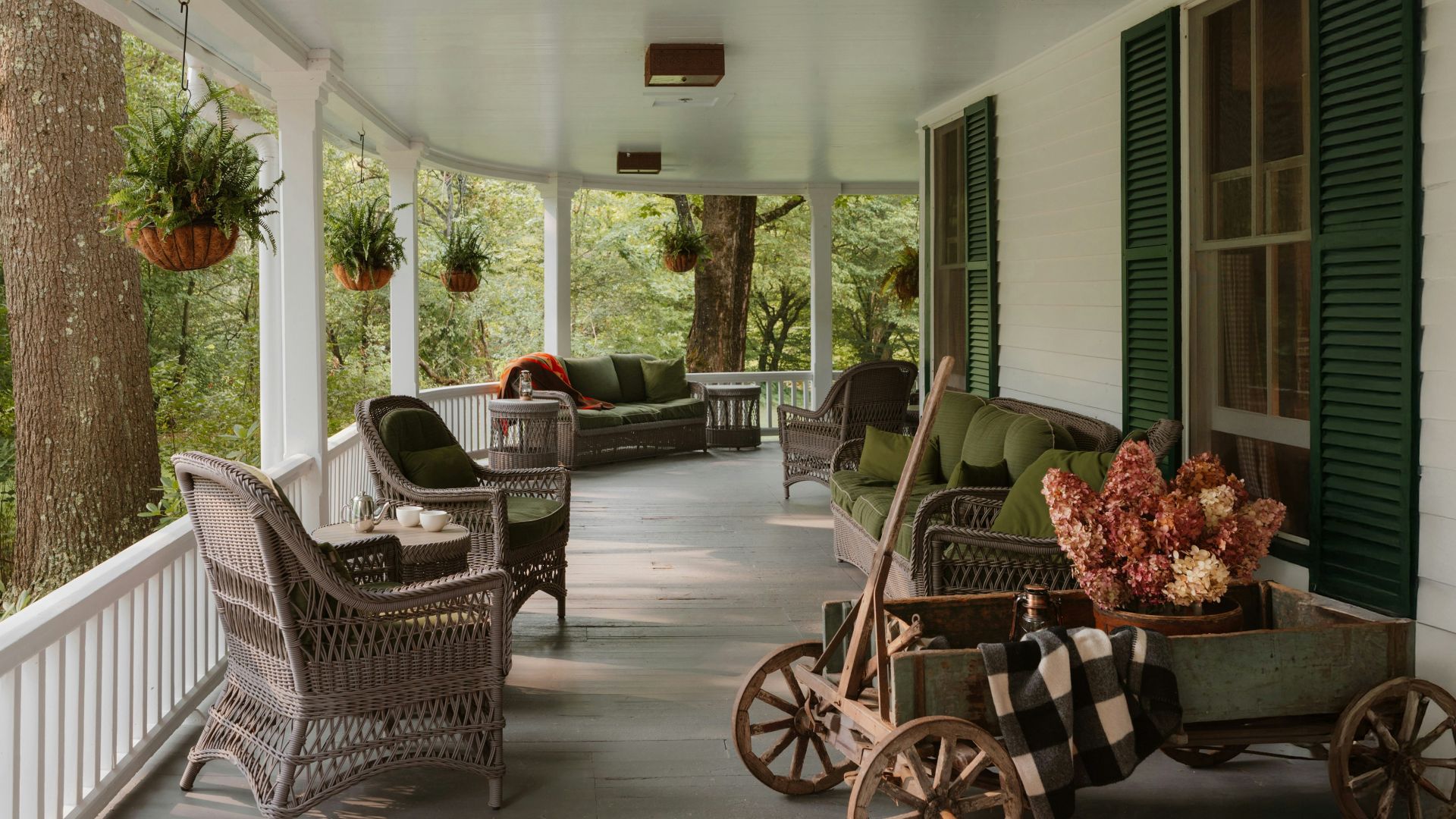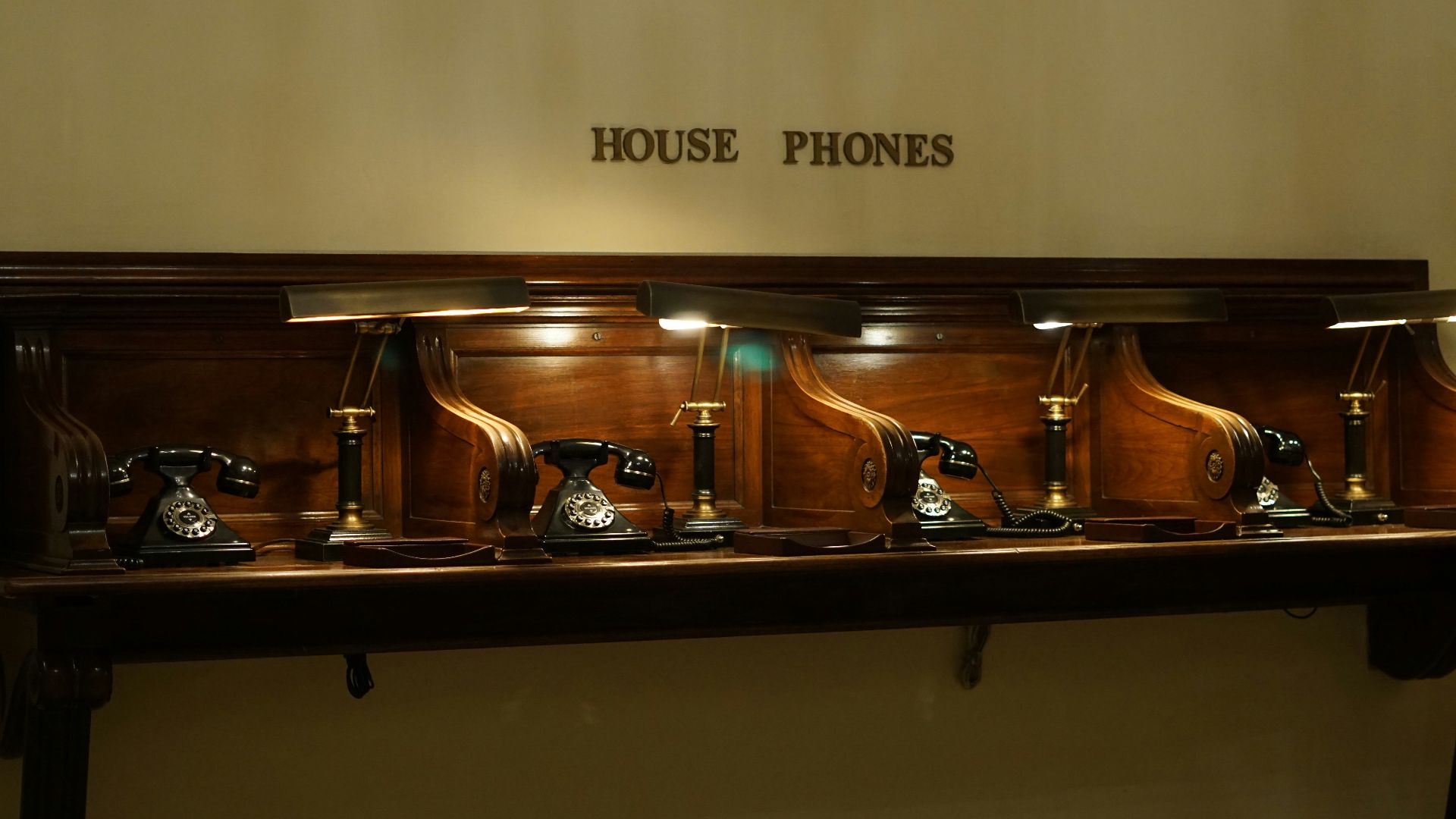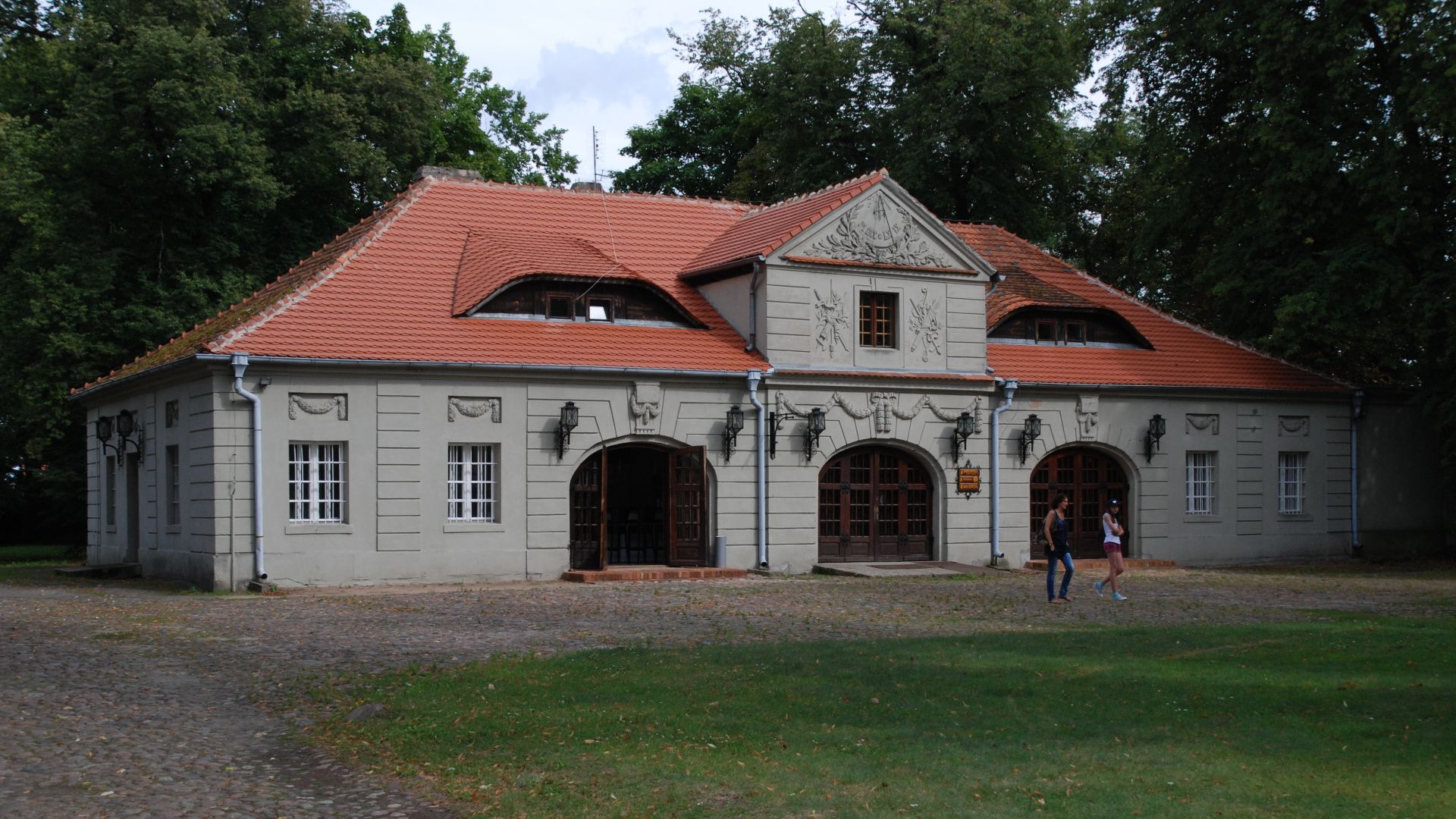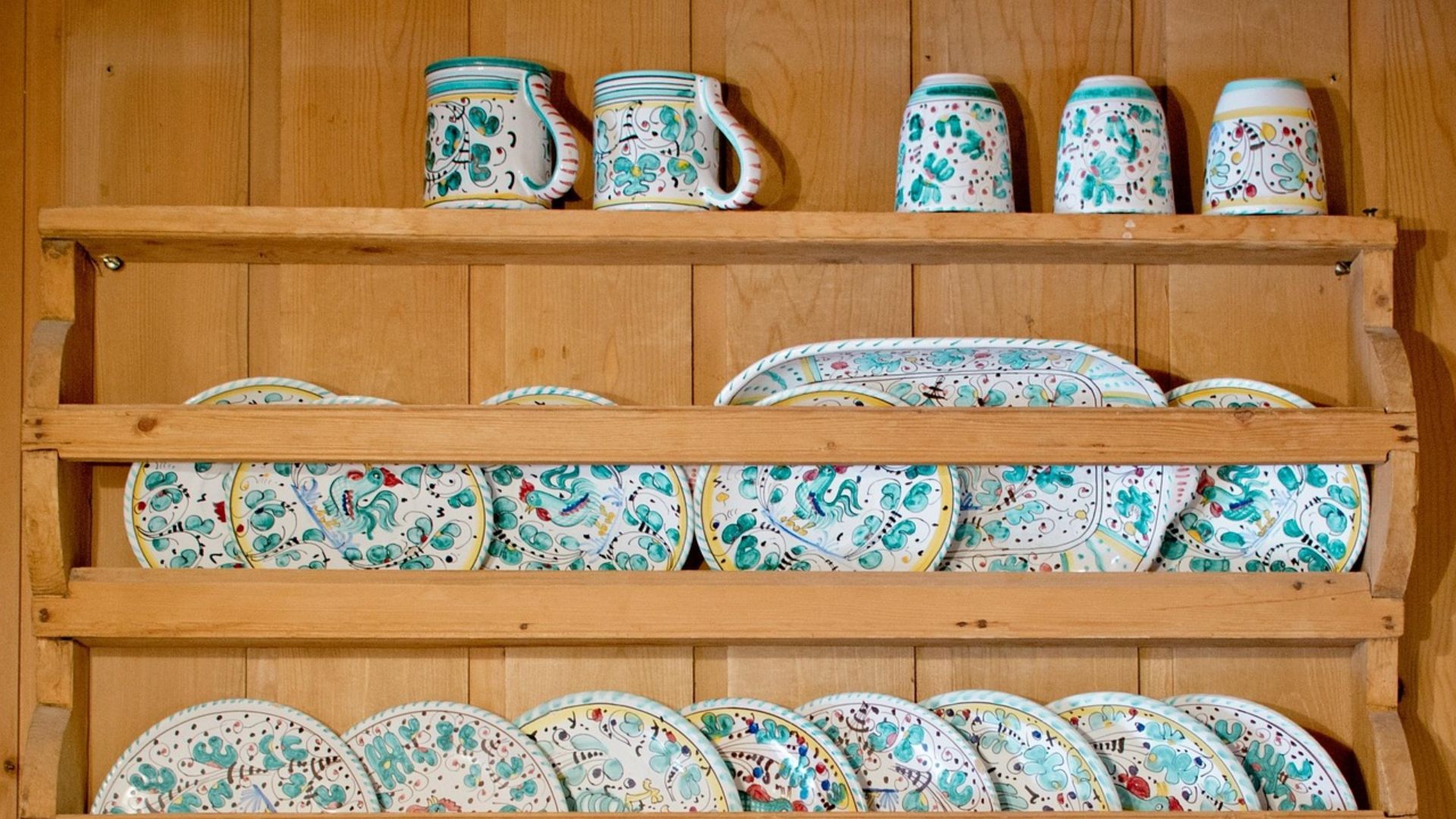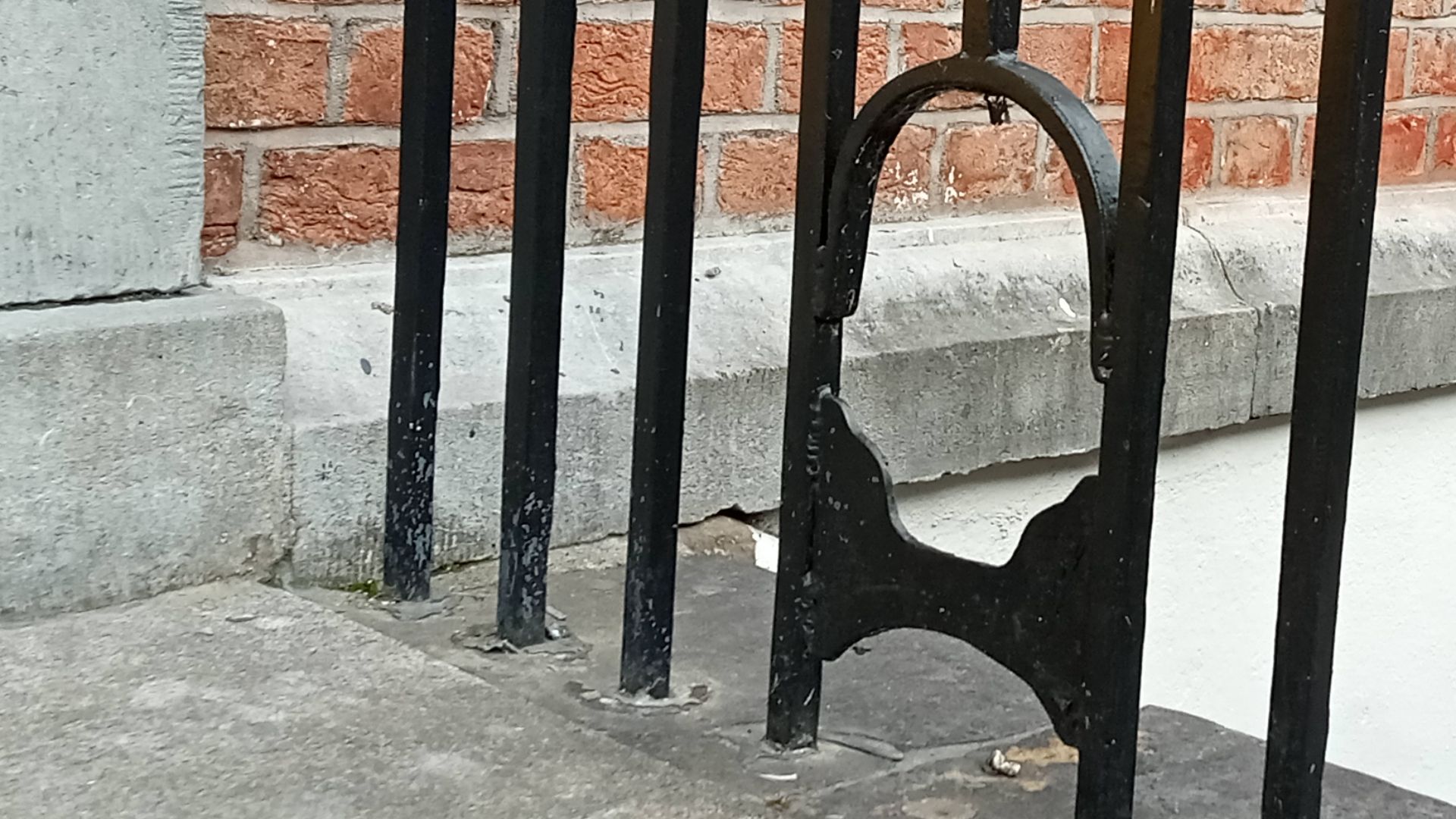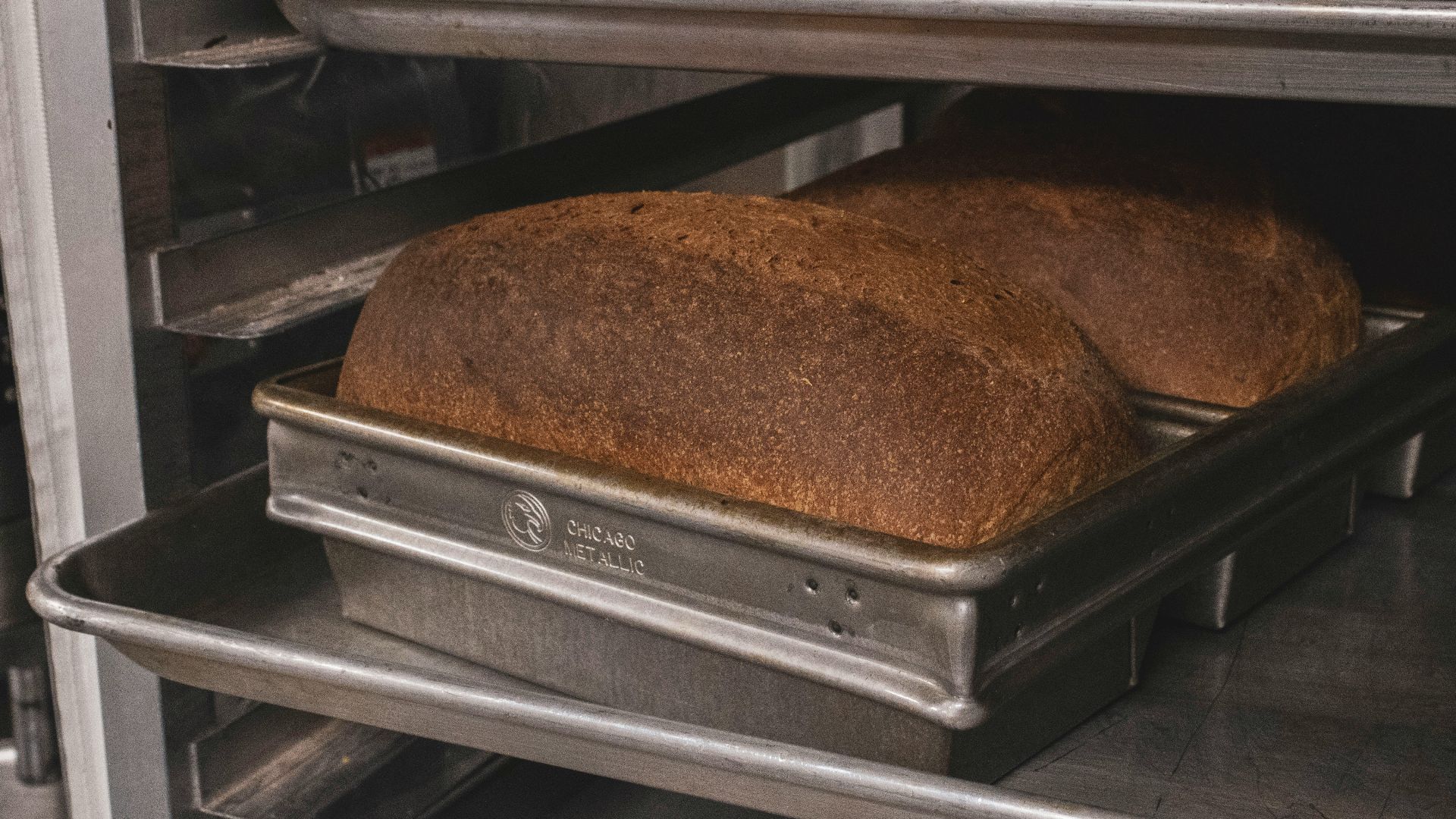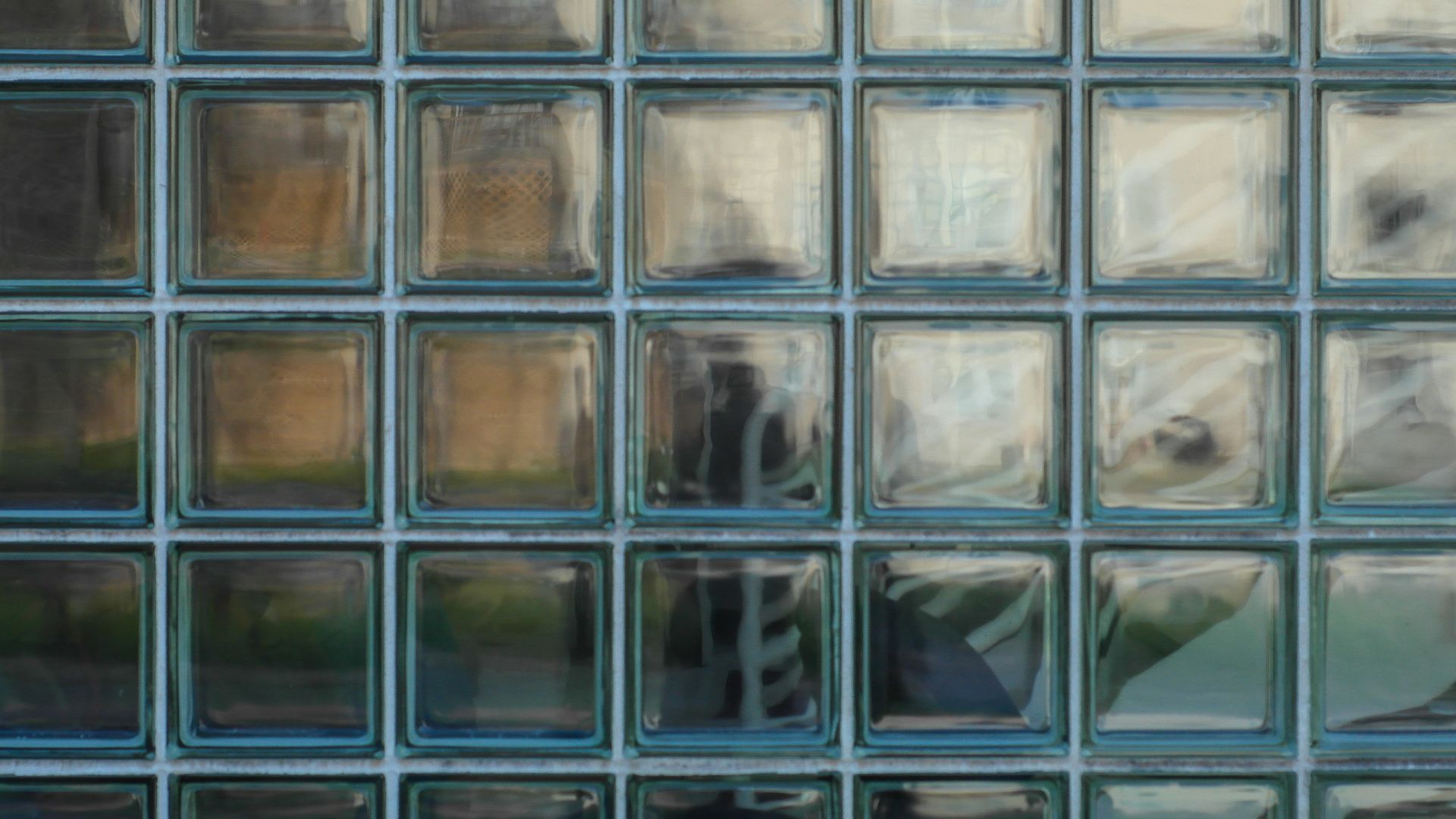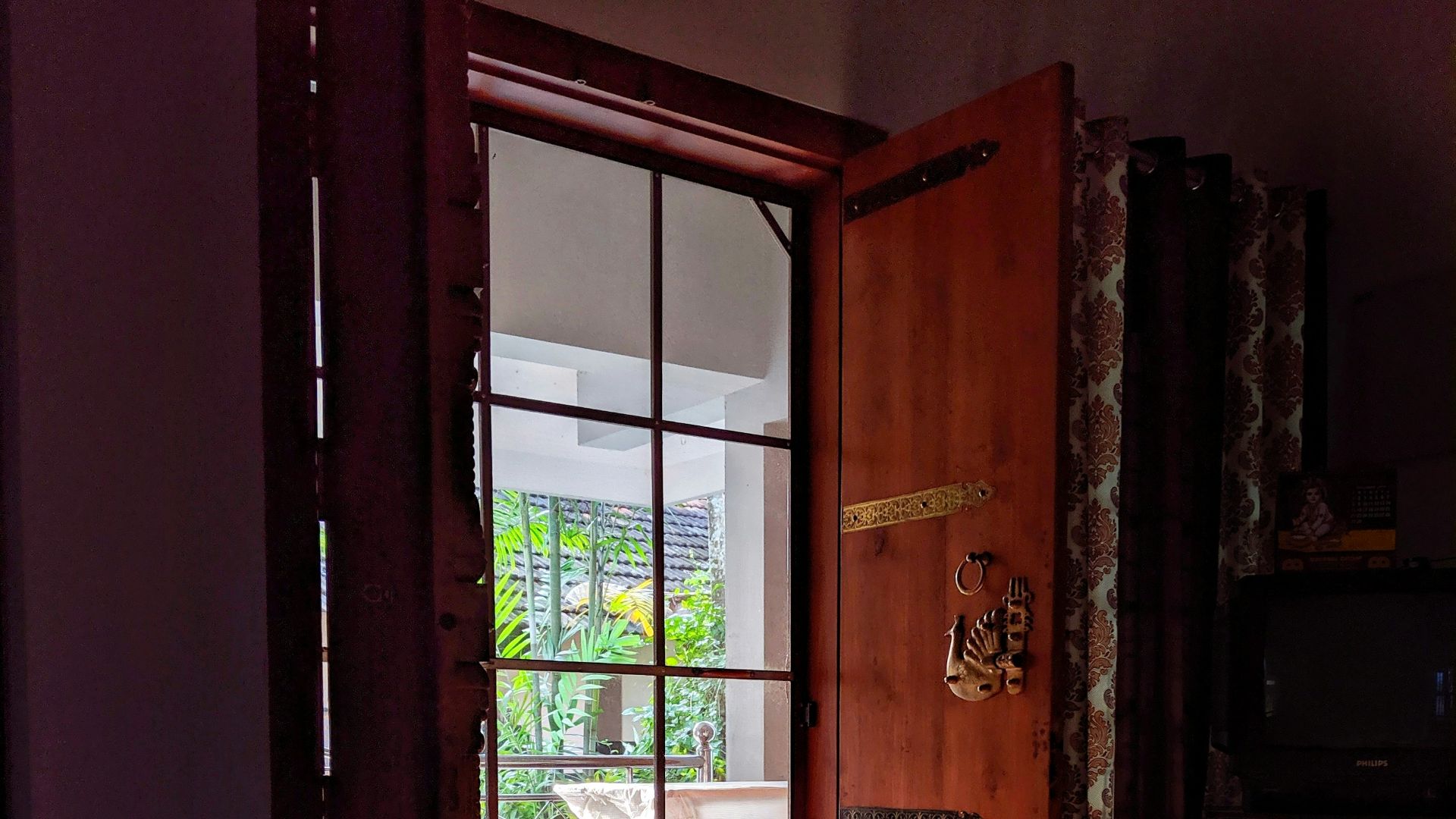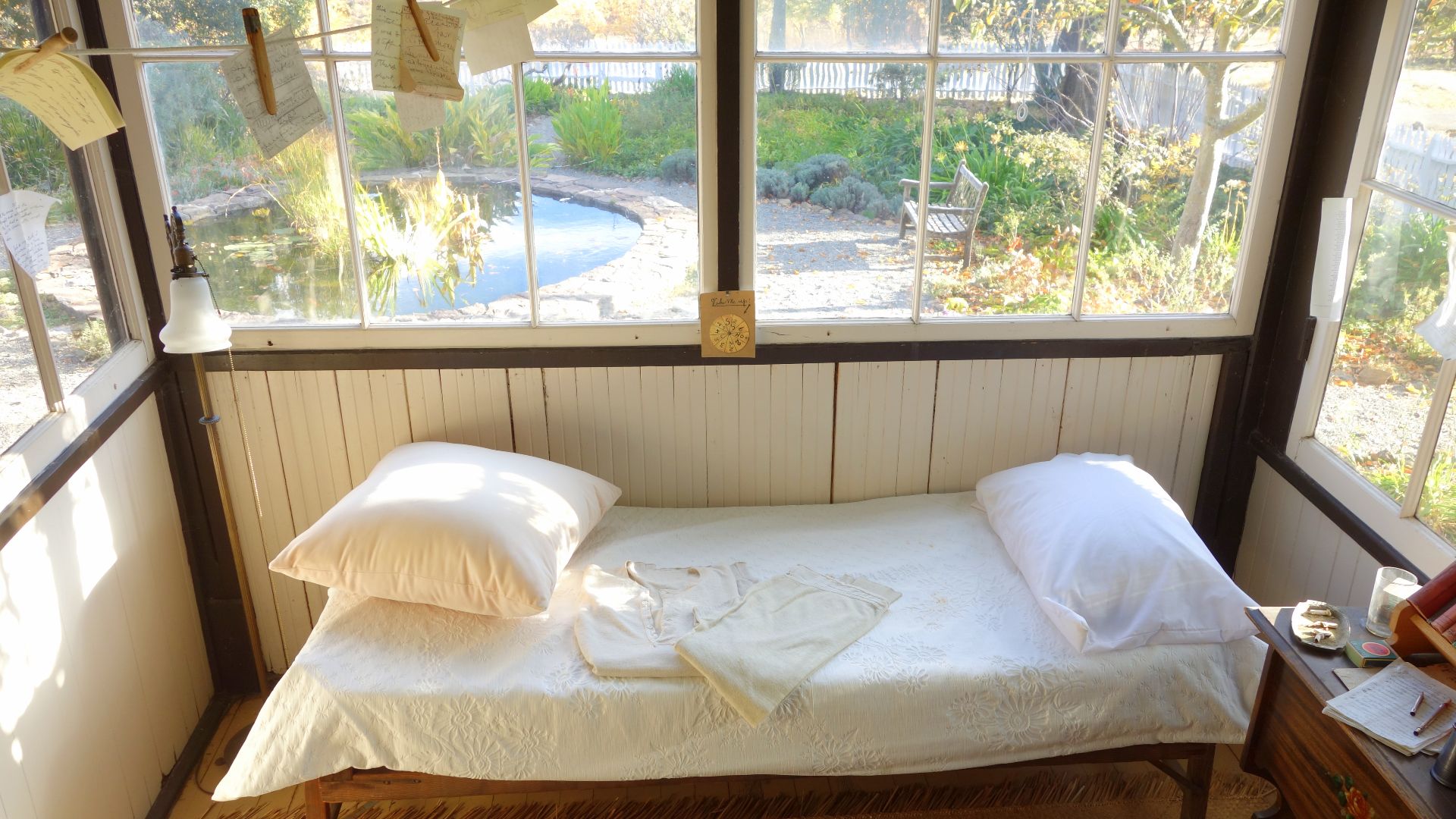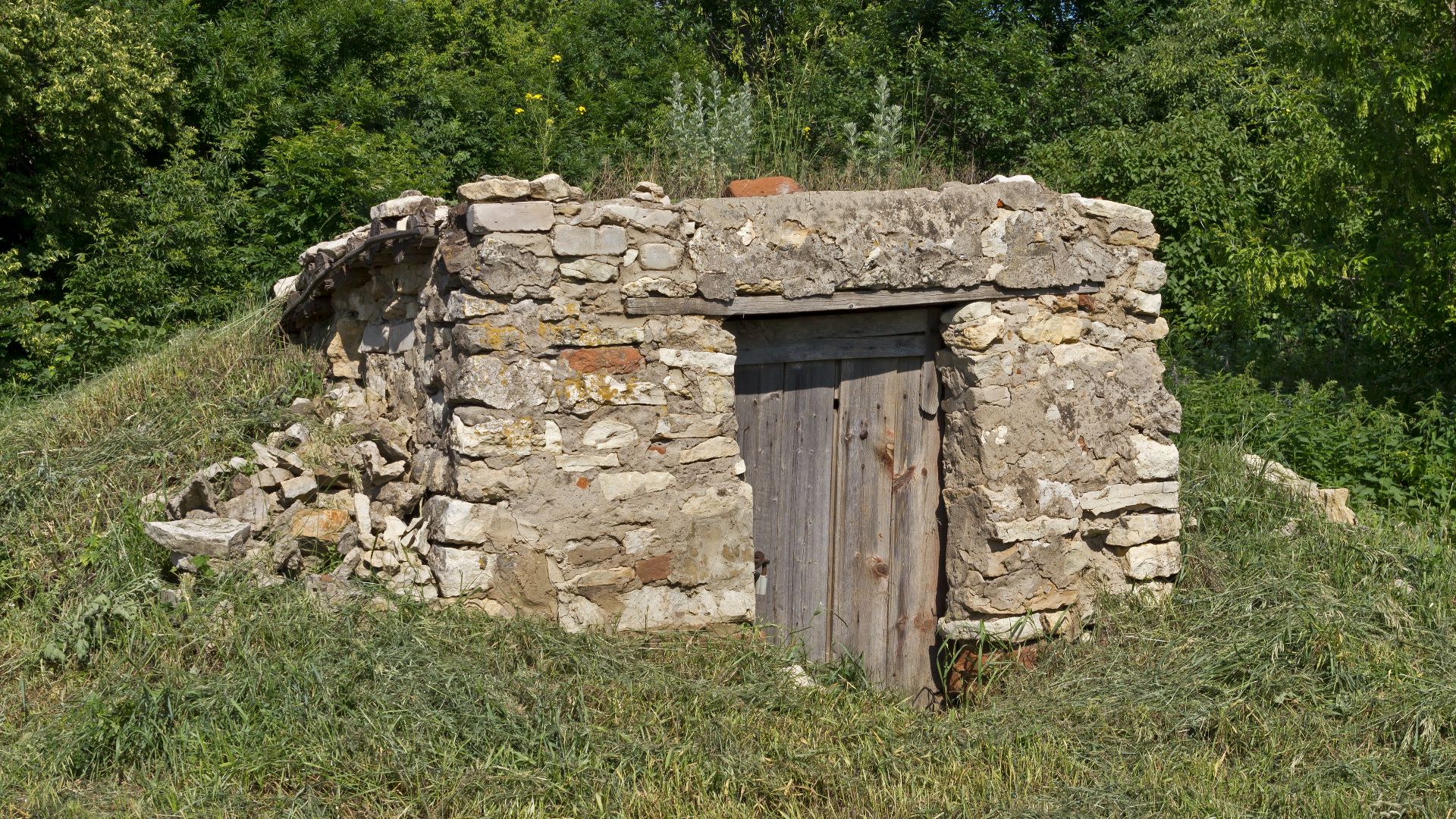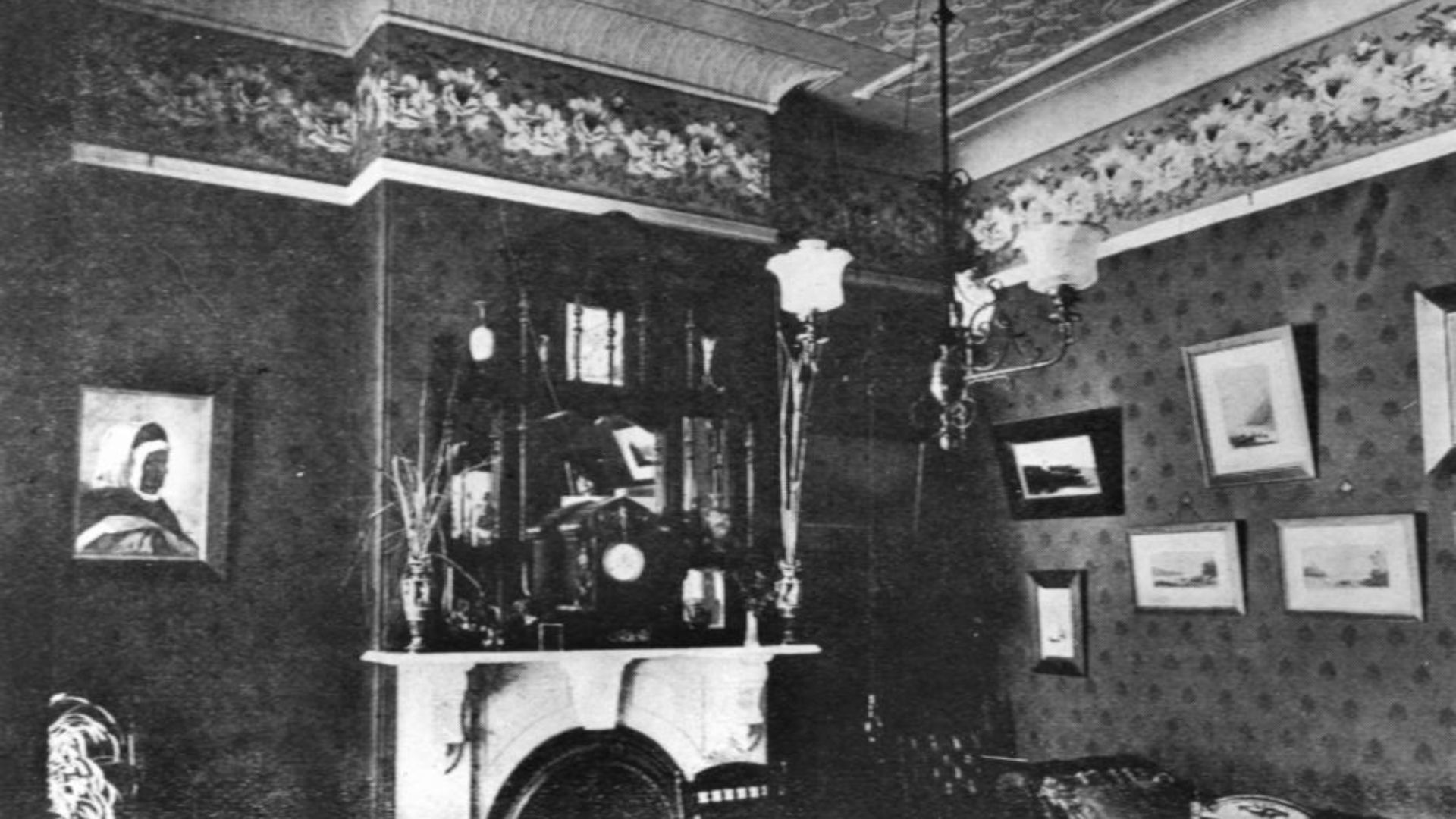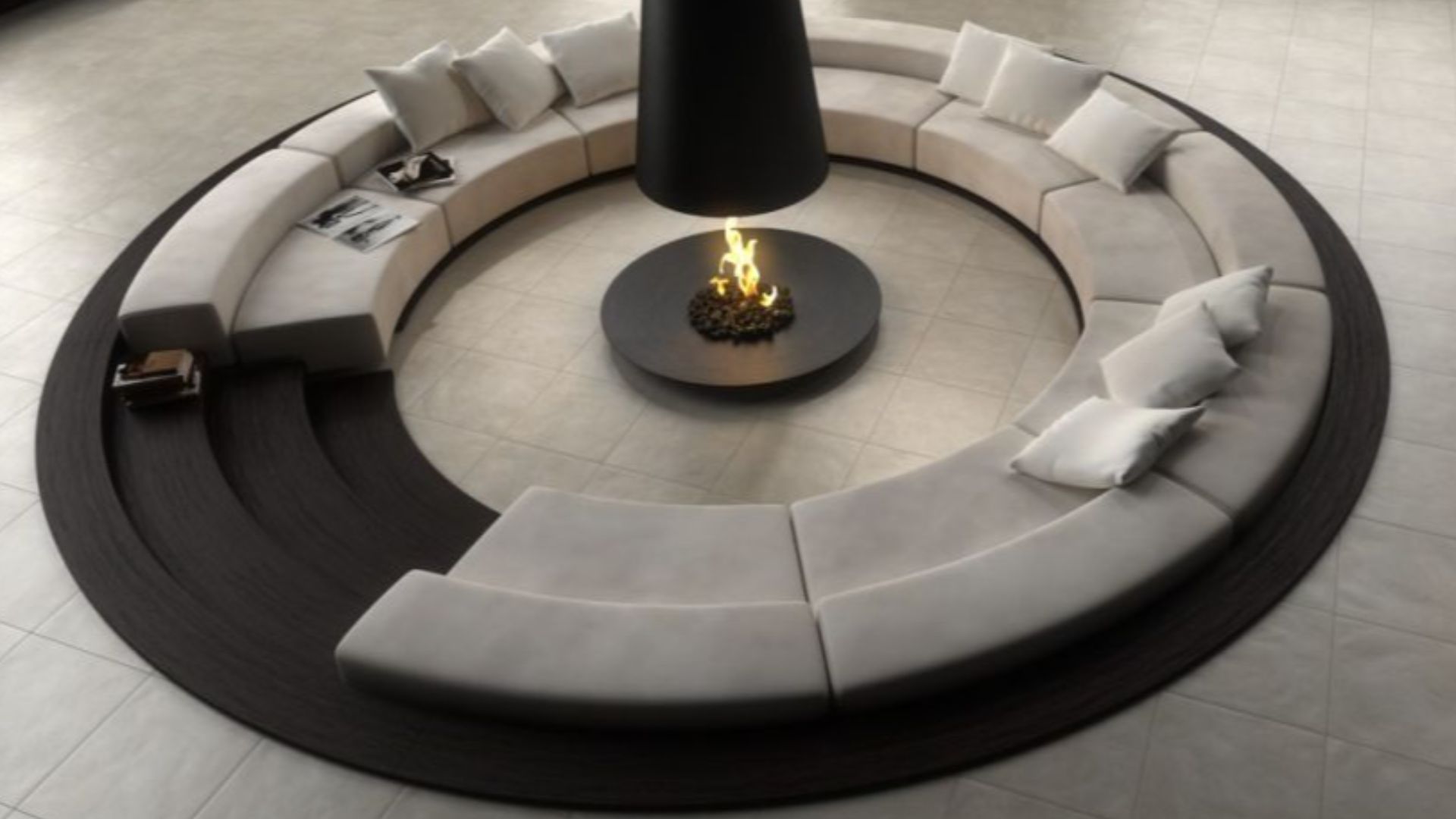Let's Bring Back The Charm
In our current economic state, many of us find ourselves lacking property that we own, while others turn gorgeous century-old homes into three or four different apartments, completely stripping them of their antique charm. If we had our dream home, we would definitely want to bring some of these back into modern interior design.
1. Speaking Tubes
Before the tube and string, homes used to have speaking tubes. The idea was coined by Francis Bacon in 1672 and became a widely accepted method of in-home communication. Speaking tubes were usually made of wood or metal and were found in homes and on naval vessels.
2. Laundry Chutes
This one especially hurts, because what better way to deal with your laundry than throwing it down your wall? Laundry chutes minimized the amount of carrying you had to do and immediately rid your space of soiled clothes or linens.
3. Milk Doors
Milk doors were two-way cabinets that kept your daily delivery of milk cool before modern refrigeration. While technically obsolete today, we’re sure we could come up with some cool display ideas for this 20th-century invention.
4. Hoosier Cabinets
The Hoosier cabinet was a 19th-century invention that acted as a standalone kitchen and storage unit. The cabinets were designed as a means to centralize all your basic kitchen needs in one space, often including multiple drawers, cabinets, pull-out counter space, and built-in accessories. Even with the invention of modern technology, the Hoosier cabinet’s vintage charm can still elevate a space today.
5. Razer Slots
20th-century homes often included a built-in safety mechanism for used razors, building a hidden compartment that was out of reach of children. While modern recycling practices are around today, you could still make use of this in-wall disposal method, so long as you can safely remove them when needed.
6. Atriums
An atrium is typically defined as a central, open-air court or room that provides rainwater collection, natural light, and ventilation to the surrounding rooms. Besides being a natural method of fresh air, having an atrium today would be excellent for entertaining.
7. Wraparound Porches
Yes, technically, wraparound porches still exist today, but not as much as you may think. Modern builds for wraparound porches require a decent chunk of change, making even new homeowners think twice about this charming exterior addition.
8. Dumbwaiters
If you’re lucky enough to own a larger home, consider adding a dumbwaiter to your interior. Dumbwaiters consisted of a pulley system that raised or lowered food and goods between floors. While the stigma of keeping house staff out of sight is no longer a common occurrence, think how awesome it would be if you could ask somebody to send up the water bottle you left downstairs.
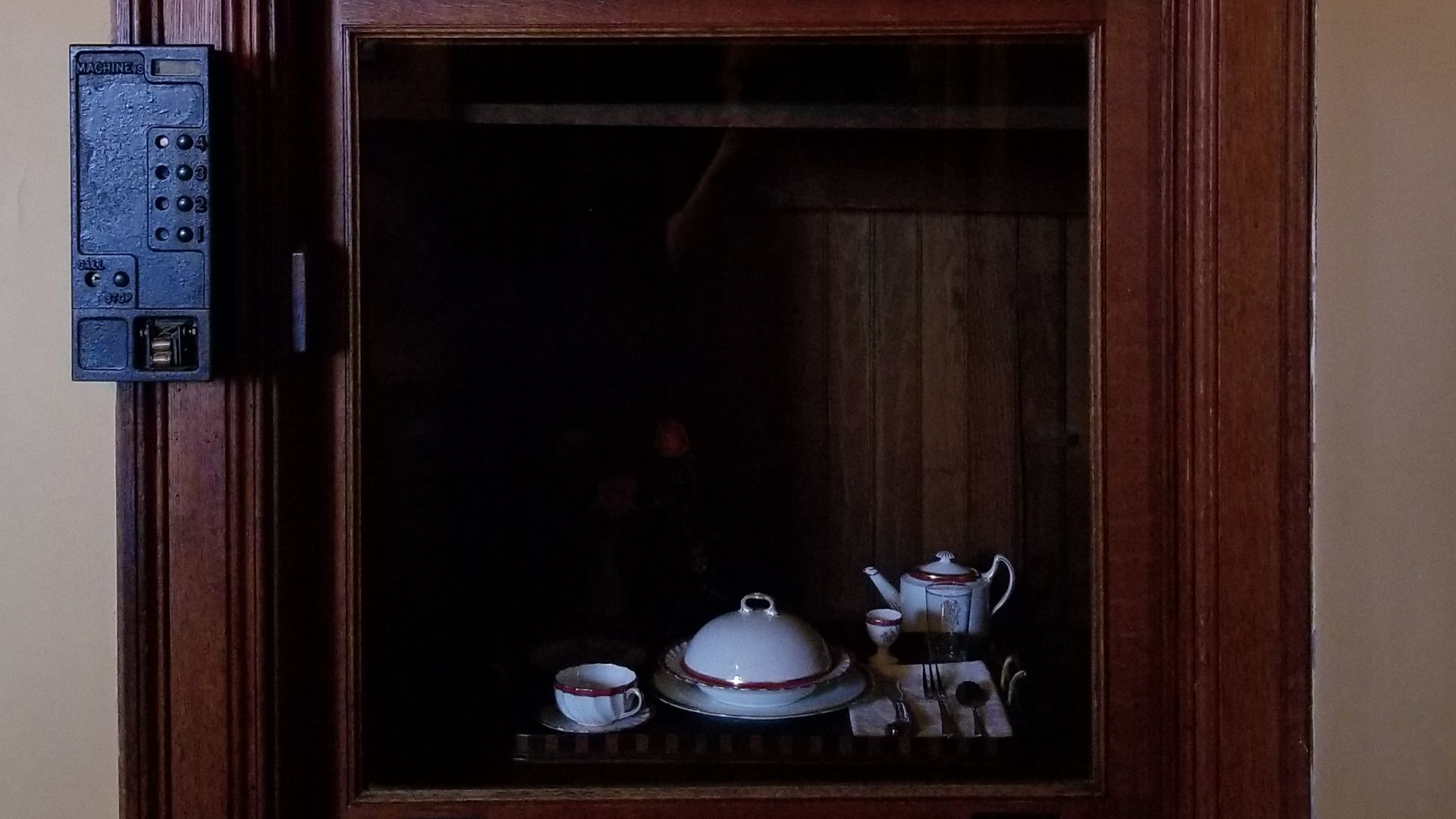 Comtesse d'Autodidactica on Wikimedia
Comtesse d'Autodidactica on Wikimedia
9. Phone Nooks
Phone nooks disappeared with the obsolescence of the landline, but the concept of a phone nook is still appealing. It could make for a great drop spot for keys or mail, or dress it up with a houseplant or other decorations.
10. Carriage Houses
Technically, this is the old-timey garage, but think about how cool it would be to have an open storage unit that you can make into whatever you want. You could make it into a guest suite, a home office, an art studio, a library, or just about anything your heart desires.
11. Wall Plate Racks
Plate racks are still around today, just not as widely used anymore. This is likely due to younger generations not wanting to collect decorative plates, as moving them from rental to rental is more of a hassle than anything else. However, plate racks are an easy way of keeping all your dishes open and accessible, and they really add to a charming cottage aesthetic.
12. Boot Scrapers
Boot scrapers were metal or wrought-iron plates that were attached to the exterior wall of buildings, allowing visitors to scrape any accumulated debris off their shoes before entering. Think about how useful this is! Instead of stamping our feet on a mat or against the concrete, you could have an actual device that makes it so much easier.
13. Bread Warming Drawers
Bread warming drawers were the result of Victorian-era cast iron radiators, as many old homes built a small drawer over the radiator to keep food warm while you cooked. Not really a necessity today, but having the option to slightly warm your pastry sounds pretty delightful.
14. Glass Brick
Not everyone wants the eighties staple of glass brick walls, but some of us think it could still be pretty useful. Glass brick was a great way to bring light into a room without being too revealing, and can actually create some pretty beautiful ambience when used correctly.
15. Round Beds
Round beds were a staple of the '60s, and they’re still cute today. While actually procuring a decent round mattress is expensive or impossible, many home decor sites do make round bed frames for your standard rectangular mattress.
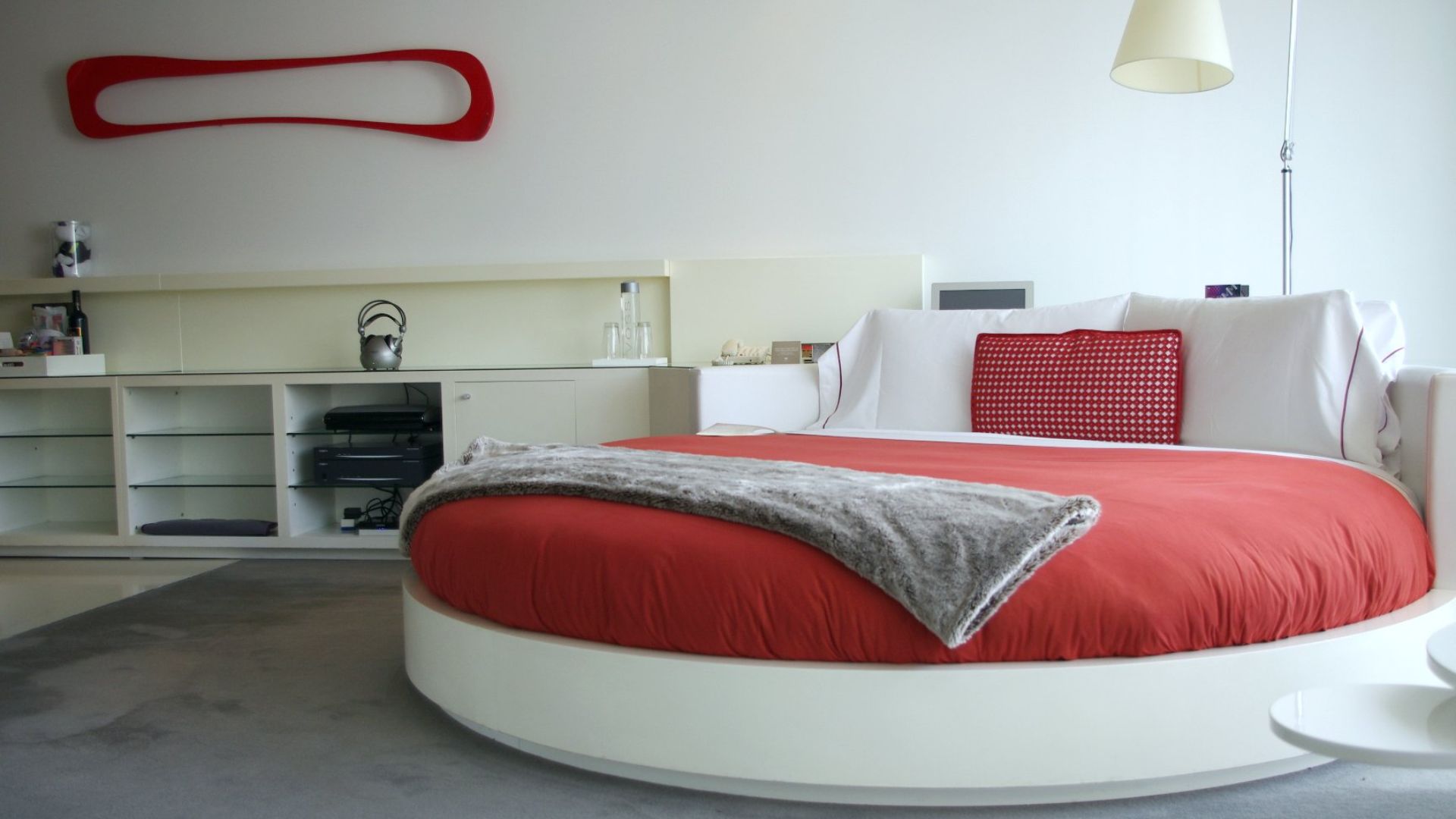 Matt @ PEK from Taipei, Taiwan on Wikimedia
Matt @ PEK from Taipei, Taiwan on Wikimedia
16. Monogrammed Screen Doors
Many of us don’t feel the desire to show the first initial of our last name on our door, but wrought iron decorations have been a screen door staple for decades. Aside from elevating the space, incorporating metalwork onto your screen door also prevents the screen from basic wear and tear and adds an extra bit of security.
17. Sleeping Porches
Also known as screened-in balconies or decks, this popular feature in 19th and 20th-century homes was a great way to increase ventilation while keeping out insects. They were introduced as a solution for tuberculosis, but nowadays they can be used as a catio, or for a social spot on warmer nights.
18. Root Cellars
A root cellar was a subterranean food storage room that provided a cool environment for preserving produce. Again, not really needed today due to refrigeration, but a root cellar could provide you with some extra storage space if you’re really into making jams or jellies.
19. Picture Rails
Picture rails have existed since the 15th century as a means to hang tapestries or other heavy textiles. Picture rails have also been used to hold, surprise, pictures, without adding holes to the walls. If anything, picture rails seem like a renter-friendly option.
20. Conversation Pits
Ah, yes, the staple of the 70s. Conversation pits are a sunken area in the living room that provides intimate seating and face-to-face conversation. The pits usually had a built-in wraparound couch divided by some coffee tables, and were centred around a fireplace.


